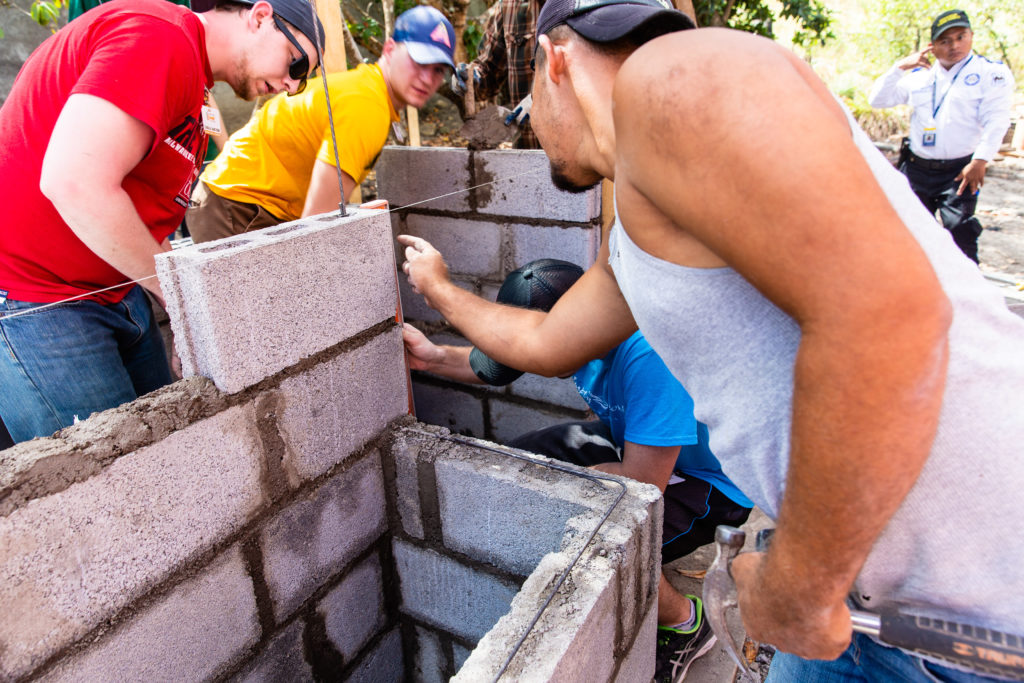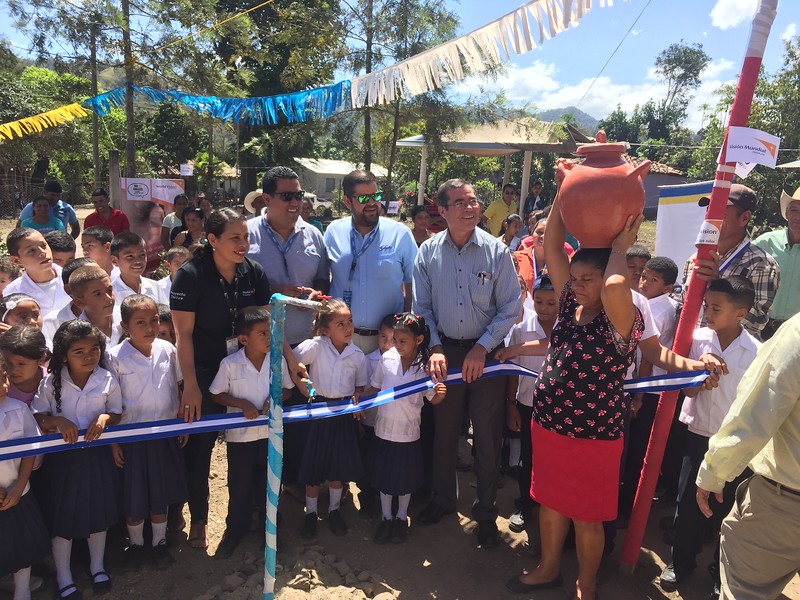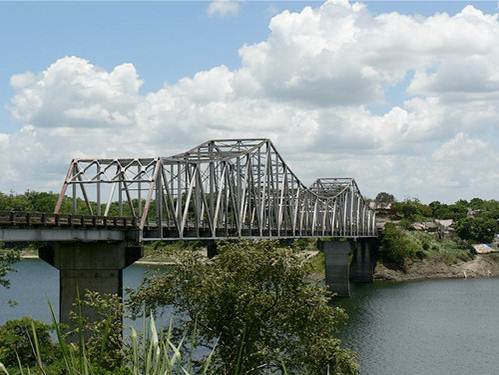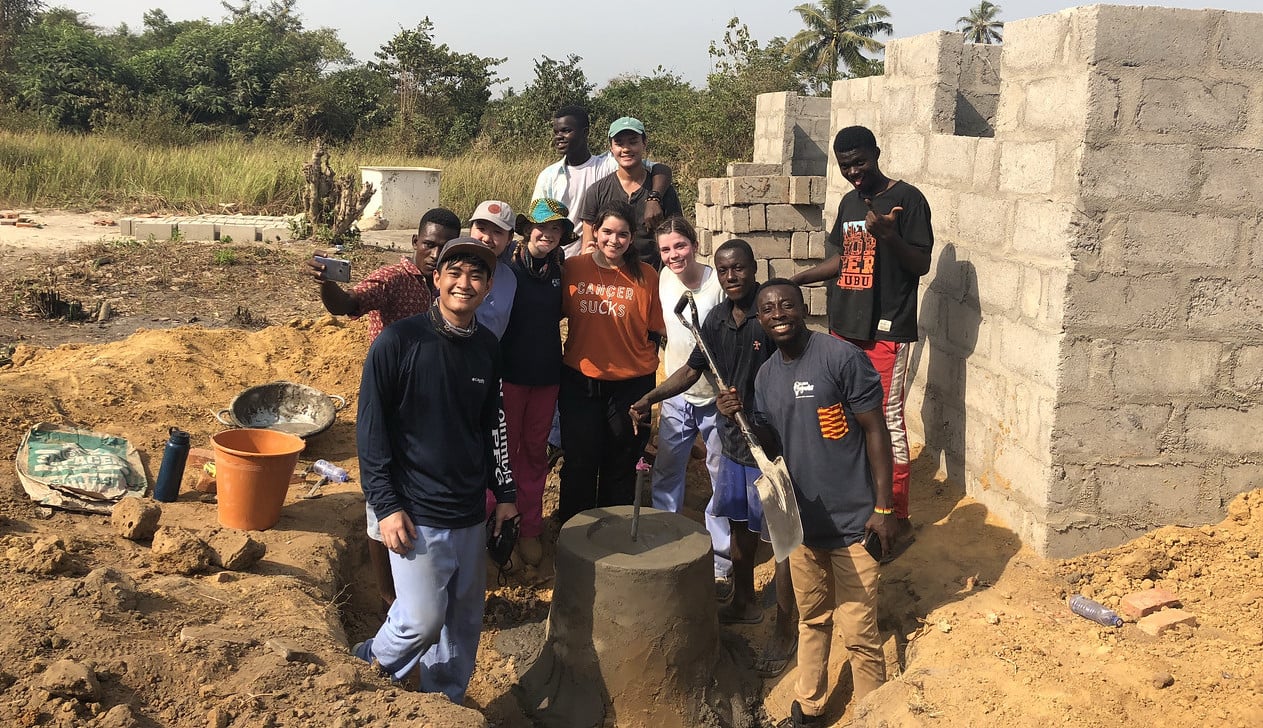Written by Global Brigades International Program Intern Ellen Cammarano
If you’ve ever heard of Global Brigades, you’ve probably heard buzzwords like Holistic Model, community empowerment, sustainable development, etc. But what do these words actually mean? How does GB take these phrases and turn them into actionable steps toward solving health and economic disparities?
Let’s start with the Holistic Model – a development approach unique to Global Brigades. According to Merriam-Webster, holistic means “relating to or concerned with wholes or with complete systems rather than with the analysis of, treatment of, or dissection into parts.” This means also sometimes referred to as looking at the bigger picture. In our case, this is looking at the realities of low-socioeconomic status and poor health outcomes in rural areas, and thinking of multifaceted, or big picture ways, to overcome these challenges.
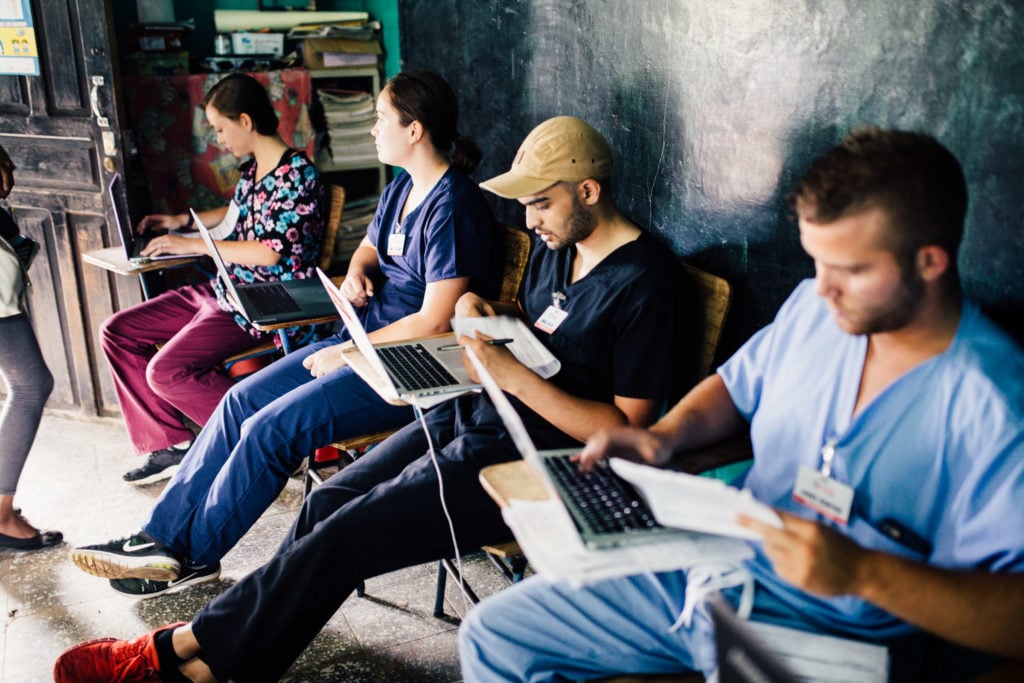
If you’ve been on a Medical Brigade, you’re probably familiar with Data Informatics – the online platform where volunteers record diagnoses and treatments from mobile medical clinics. However, were you aware that this information is analyzed by our Monitoring and Evaluation team to prioritize the implementation of clean water systems and to determine which types of public health projects are needed in communities? In turn, access to clean water and utilizing public health infrastructure leads to fewer cases of parasites and water-borne illnesses, improving the overall health of community members.
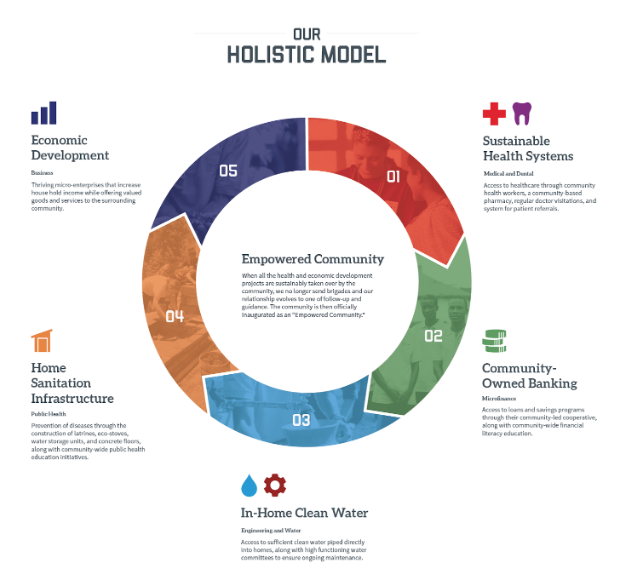
This integrated approach is woven into all of our programs. For example, Business Brigades support Community Banks to improve access to capital, grow income, and create investment opportunities. Increased financial capacity allows community members to purchase medications and save for public health projects. By making sure all of our programs complement each other, Global Brigades is ensuring that our programming most efficiently and effectively helps our partner communities meet their health and economic goals. You can read more about the importance of a holistic approach in sustainable development here!
Next, let’s take a look at community empowerment. Again, we can start with the dictionary definition. Empowerment means “the act or action of empowering someone or something: the granting of the power, right, or authority to perform various acts or duties.” As an international nonprofit development organization, this means making sure our partner communities have the infrastructure, knowledge, leadership, and economic capacity to take their development into their own hands and make the changes they want to see in their community. It’s extremely important to point out “changes they want to see in their community.” GB partnerships are community-driven. That is to say, communities are selected to work with GB by reaching out to GB themselves. The significance here is that GB’s commitment to community empowerment is based on the buy-in. All projects are initiated by the desire of the community.
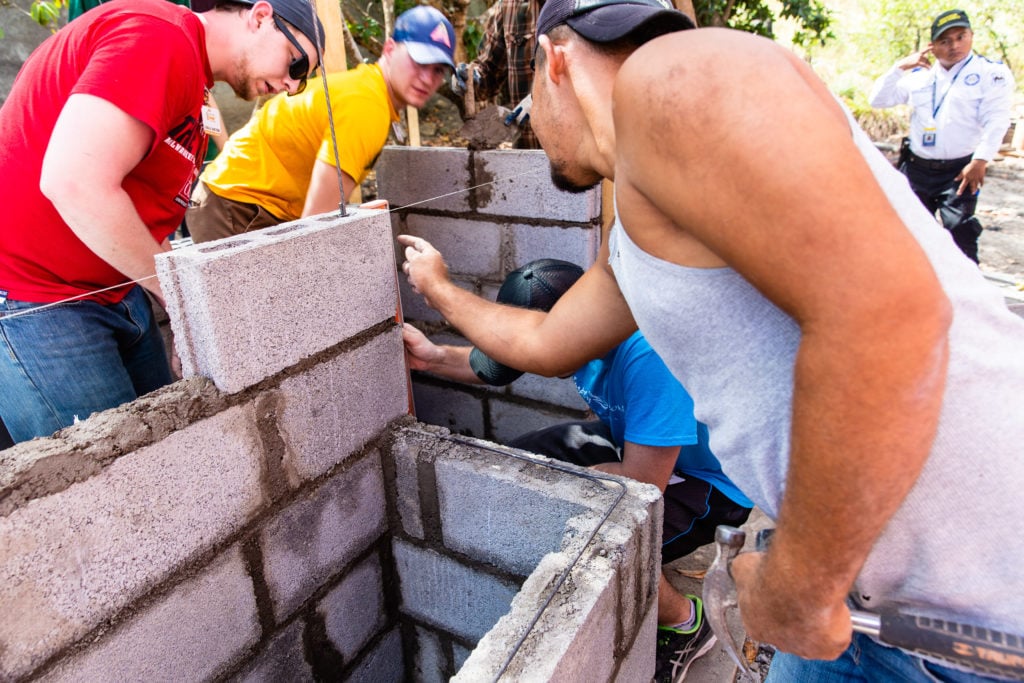
Another aspect of our work that helps foster empowered communities is active program participation. During Medical Brigades, community volunteers direct the clinic’s flow and begin the patient intake process. During Public Health Brigades, members from each family receiving a hygiene station assists volunteers and local masons with construction. As a part of the water & sanitation and economic development programs, local leadership councils are made up of community members to lead and keep track of projects. Ensuring buy-in on an individual basis is another key aspect of empowering communities.
Why is any of this important? Wouldn’t it be easier to select communities based on statistics that could be input into a model? Wouldn’t it be faster to tell communities the types of development projects they would receive, rather than taking the time to build consensus on mutually agreed-upon projects? The easy answer is yes, it would be. But the more important answer is it would not be nearly as effective. Empowering community members to take part in decisions affecting their daily lives increases engagement and the likelihood that development projects will be cherished and maintained. You can read more about Global Brigades’ goals for an Empowered Community and its Empowered 100 initiative here.
While unpacking these buzzwords can be challenging, it is critical to understanding how Global Brigades functions and why it continues to be successful. I hope this post has inspired you to spread the word about Global Brigades and learn more. For additional information on how Global Brigades tracks the success of the Holistic Model and its empowered communities, visit www.globalbrigades.org/impact/evaluation.

